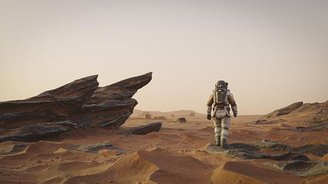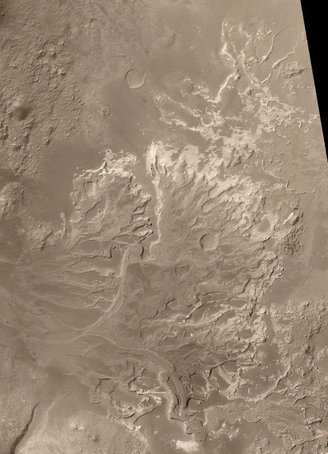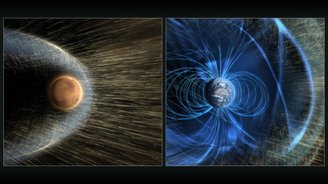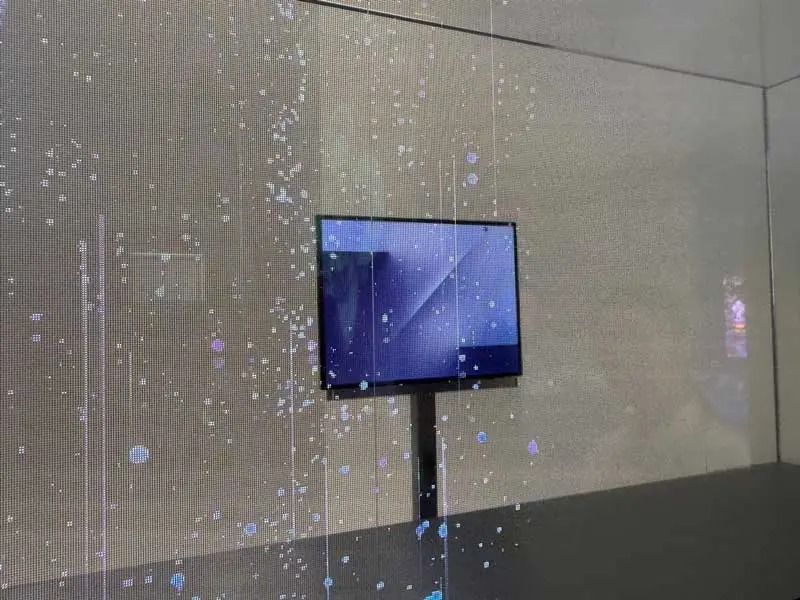As long as we look at the sky, we are fascinated by the idea that other worlds like Earth can and do harbor life. Although the only human trips off the planet (i.e. our visits to the Moon) showed us other worlds, a barren and desolate neighborhood in our Solar System We continue to fill our imagination with possibilities.
For example, there may be life in the upper layers of the atmosphere of the planet Venus. Jupiter and Saturn’s moons Europa and Enceladus may have abundant life in underground oceans containing liquid water. Even Titan’s liquid hydrocarbon lakes make a fascinating place to look for exotic living organisms.
But as always, The most fascinating possibility in the human mind lies in our reddish neighbor: the planet Mars. After all, we already know that our smaller, colder, more distant sibling had a wet history, with liquid water flowing abundantly on its surface for more than a billion years.
With the probes and rovers we sent there, we have obtained some circumstantial evidence that points to the possibility of life existing on Mars not only in the distant past but also today. Will humanity really live on the red planet one day?

The idea of astronauts piloting rovers and establishing permanent bases on Mars is undoubtedly exciting and encouraging, but unfortunately we have good reasons to be pessimistic about it.
The first of these reasons is not actually that complicated: Soil on Mars may be toxic. But many soils on Earth are also soils, and we know that they can be improved or improved through simple chemical reactions.
We have no reason to doubt that we cannot do something similar on Mars. But that’s the easy part.
The problem is that it is also extremely dry. It’s not that there isn’t water vapor or ice there, we already know it’s there. The challenge is to stably accommodate large amounts of water into the liquid phase, which, as we know, is essential for life processes on Earth.

This is not just a technological problem, but also an inherent challenge: Mars’ atmosphere is too thin to support liquid water on the surface. The existence of liquid water requires a certain minimum atmospheric pressure of approximately 1% of the Earth’s atmospheric pressure.
Mars has only 0.7% of Earth’s atmospheric pressure, making a liquid phase practically impossible (in fact, if people were left unprotected on the Martian surface, the liquid in their bodies would boil, but more on that another time).
Thus, it would be necessary to add more atmosphere to rehabilitate the land, create a habitable biosphere, and have oceans and other forms of stable water on the surface. In fact, to have an atmosphere similar to Earth’s, it would be necessary to add about 140 times the amount of atmosphere currently on Mars, or about 3,500 tertons. To get there we will need to carry a lot of nitrogen and oxygen.

Even if we achieved this incredible feat, Mars still lacks a magnetic field to protect the surface (and the atmosphere itself!) from solar winds. Thanks to the charged particles colliding with the molecules in the atmosphere, these molecules are freed from the gravitational force of the planet over time.
So, if we want to live on Mars, we’ll not only need to add an extensive atmosphere, add the necessary water, and then chemically transform the surface to make it habitable, but we’ll also need to maintain that additional atmosphere. Not to mention the problems that high radiation exposure and gravity lower than Earth’s would cause in humans.
If you’re thinking of going to Mars as a place to move to after we destroy Earth, as far as we know, and have been for centuries at least, Mars has Earth will remain the only possible planet in the Solar System that can host created life.. Mars may be a part of this in the long term, but surely all we can do until then is temporary space travel.
Source: Tec Mundo
I’m Blaine Morgan, an experienced journalist and writer with over 8 years of experience in the tech industry. My expertise lies in writing about technology news and trends, covering everything from cutting-edge gadgets to emerging software developments. I’ve written for several leading publications including Gadget Onus where I am an author.











